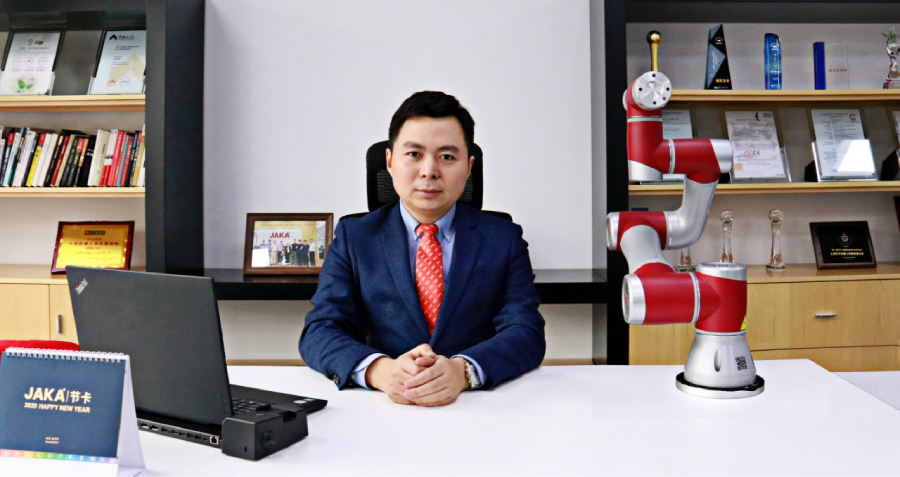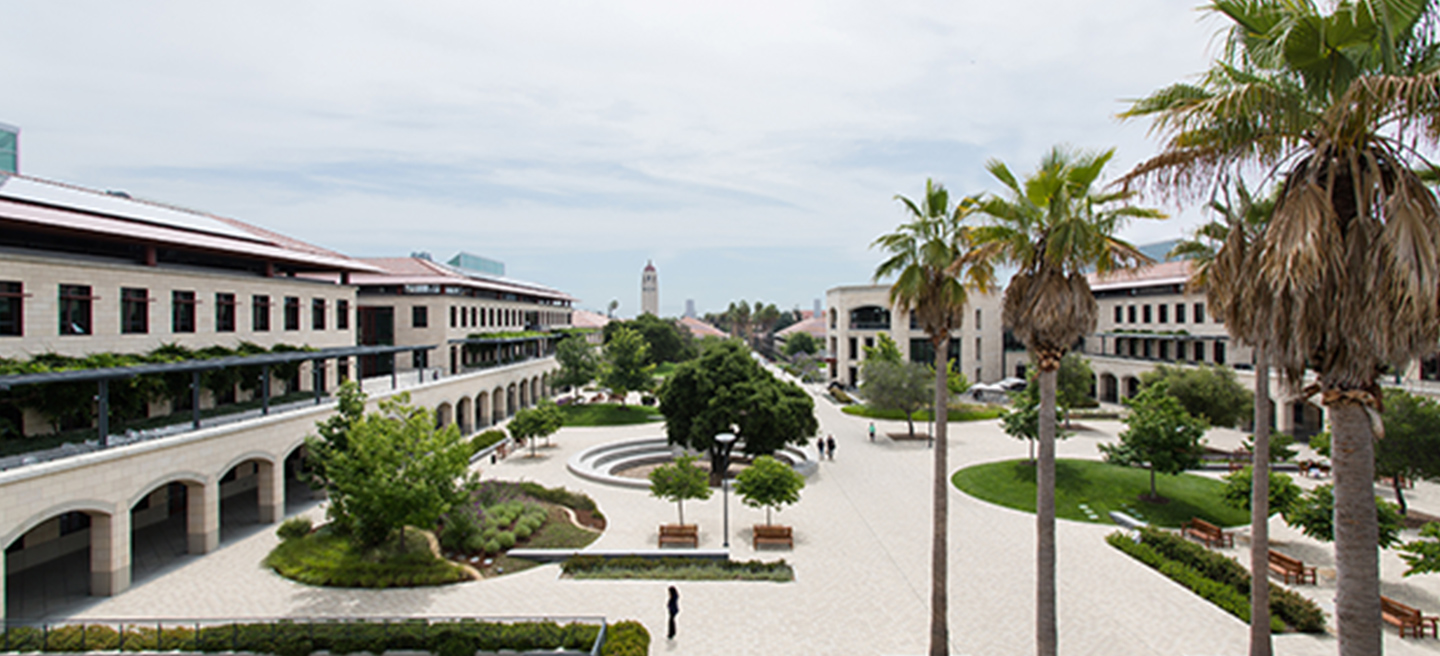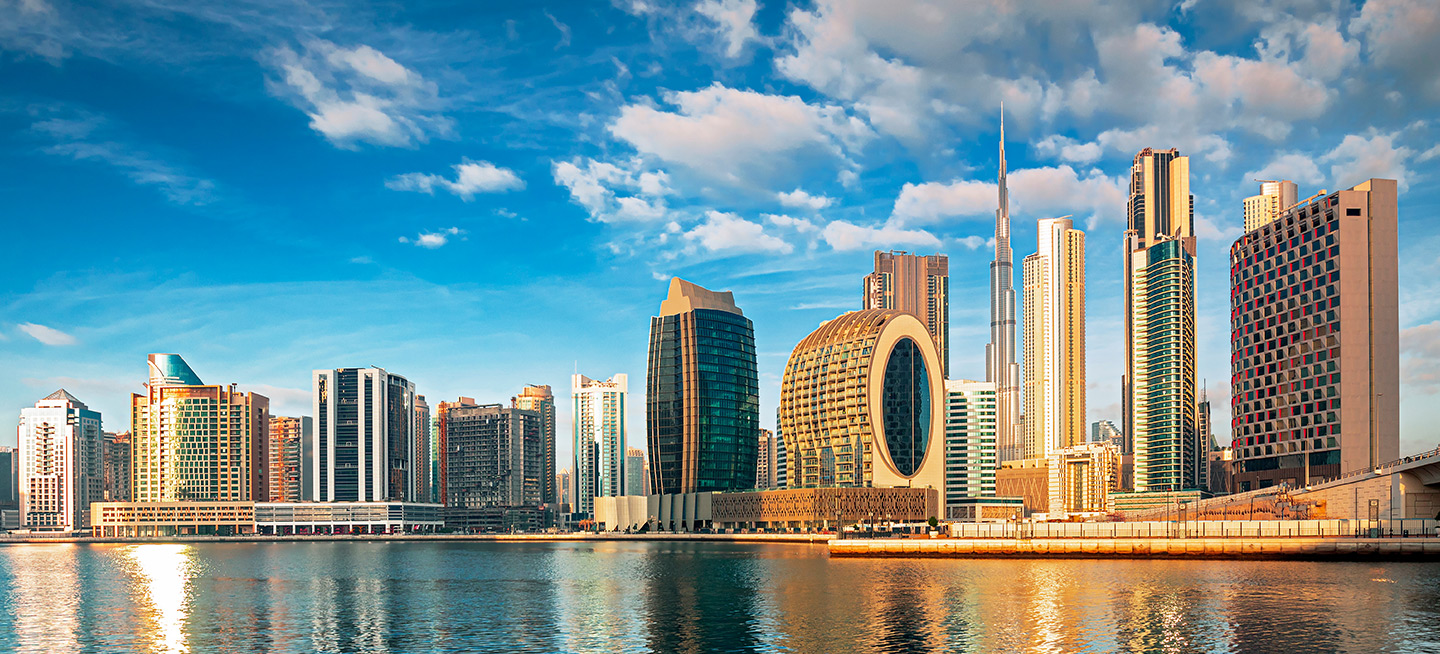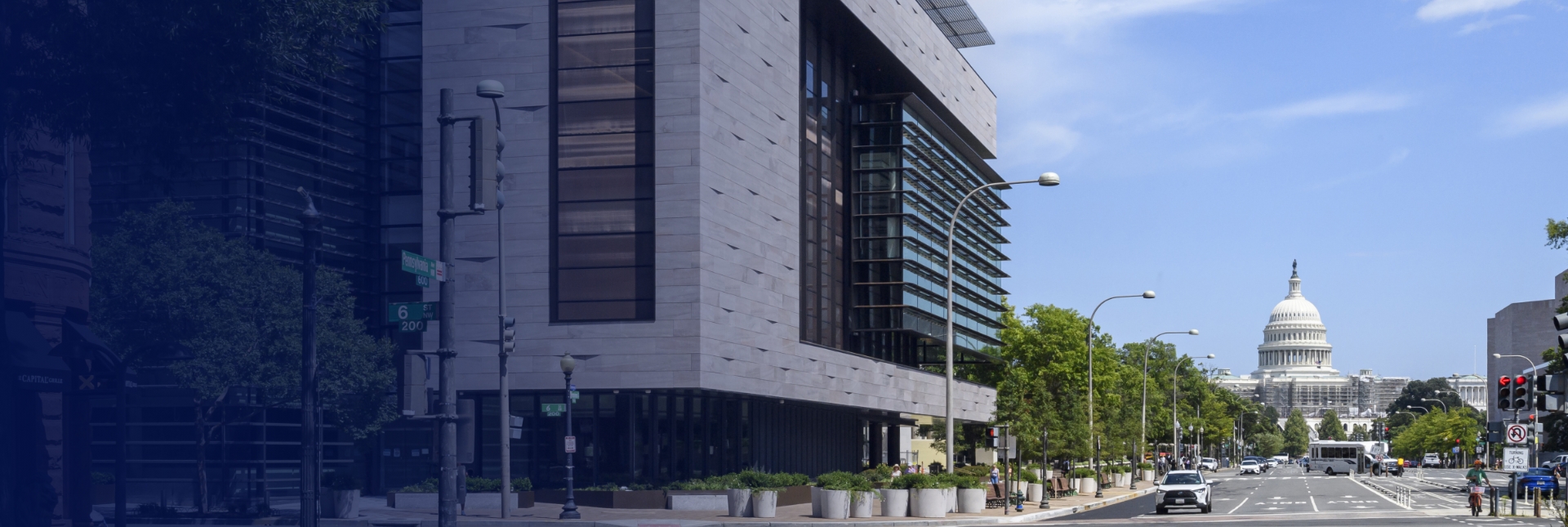As cities worldwide grapple with unprecedented challenges — from climate change and aging infrastructure to housing shortages and social inequality — a new generation of urban leaders is turning to transformative technologies for solutions. At the forefront of this movement is Professor Ibrahim Odeh, Founding Director of the Global Leaders in Construction Management (GLCM) program at Columbia University and a key faculty member in the upcoming CKGSB Smart Cities, Fintech, and Alternative Energy program based in Dubai.
Professor Odeh brings a unique perspective to smart city development, combining deep academic expertise with extensive industry experience. His collaborations span from the World Economic Forum and G20’s Global Infrastructure Hub to major construction firms and emerging technology companies. Through his work with Central Japan Railway on AI and IoT optimization across 3,000 buildings, his development of the innovative City Adaptability Index, and his advisory roles on smart city initiatives worldwide, Odeh has emerged as a leading voice in urban innovation.
“What I think we are witnessing is a transformative period,” Odeh explains. “Technologies like digital twins, AI, Building Information Modeling (BIM), and IoT are not just tools—they are reshaping the very foundation of everything.” This perspective reflects a fundamental shift in how urban planners and engineers approach city development. Rather than viewing technology as an add-on to traditional planning processes, Odeh advocates for a holistic integration where digital capabilities become the operating system of 21st-century cities.
Digital twins, in particular, represent what Odeh calls a paradigm shift from static, linear planning to interactive and predictive urban management. “These systems allow planners to create real-time, data-rich replicas of their physical assets—transportation, utilities, public spaces—and simulate a range of urban scenarios before anything is built,” he explains.
The implications are profound. City leaders can now test how policy changes might impact traffic patterns, energy consumption, or climate resilience over time, making decisions that are data-driven and proactive rather than reactive.
Real-World Impact: From Tokyo to Smart Grid Solutions
Odeh’s research extends beyond theoretical frameworks to tangible results. His recent collaboration with Central Japan Railway demonstrates the concrete benefits of AI and IoT integration at scale. Working across 3,000 buildings over nine months, the project focused on optimizing space usage while reducing carbon emissions.
“The impact of being able to optimize space usage is outstanding from an operational cost and revenue-generating perspective,” Odeh notes. “Imagine all the areas across these 3,000 buildings that we wanted to optimize—if they are not used productively and efficiently, that represents massive missed opportunities.”
The applications extend across multiple urban systems, from intelligent traffic management using real-time sensor data to reduce congestion and lower emissions, to smart energy grids that optimize power distribution and consumption. Perhaps most significantly, predictive maintenance of infrastructure helps cities anticipate repairs in HVAC, lighting, and other critical systems before failures occur, while enhanced emergency response capabilities emerge through integrated monitoring systems that provide unprecedented situational awareness.
Despite the promise of smart city technologies, Odeh emphasizes that successful implementation requires much more than technological sophistication. “One major issue we always discuss is data governance,” he explains. “Making sure that data is collected, stored, and used in a secure and transparent way is critical.”
Additional challenges include aging infrastructure in many developed countries that must be integrated with new digital systems, skills gaps in municipal governments that lack in-house expertise to process and act on IoT-generated data, standardization needs across different urban systems and departments, and cross-sector training requirements to build institutional capacity.
“The data produced by IoT systems is only valuable if cities have the talent and systems in place to process it,” Odeh emphasizes. “That’s why we often stress the need for standardization, cross-sector training, and strong institutional capacity to succeed.”
Financing the Future: Public-Private Partnerships as the Path Forward
When it comes to funding smart city initiatives, Odeh advocates for innovative public-private partnerships (PPPs) that go beyond traditional financing models. Through his work with the World Economic Forum and GI Hub, he has observed a shift toward performance-based partnerships where risk sharing and long-term impact are central considerations.
“In many developing markets, we are seeing a shift from traditional funding to more innovative performance-based PPPs, where risk sharing and long-term impact are both central,” Odeh explains. “It’s about integrating digital value—like life cycle analysis and data transparency—into projects designed to make these investments more attractive and bankable.”
Canada emerges in Odeh’s analysis as a leading example of successful PPP implementation across multiple sectors, from infrastructure to energy projects. The key, he argues, is not just funding technology but aligning incentives and outcomes to serve public needs while creating sustainable business models.
Odeh’s expertise in construction management provides unique insights into how emerging technologies are transforming how cities are built. Technologies like drones, 3D printing, robotics, and modular construction are not merely improving efficiency—they are reshaping the entire economy and logistics of urban development.
“These innovations are not just improving efficiency; we are reshaping the economy and logistics of urban development,” he explains. Drones have become essential for surveying, progress tracking, and safety monitoring, providing construction managers with real-time insights that were previously time-consuming and costly to obtain.
More significantly, these technologies offer potential solutions to the global housing crisis. “Through my research and fieldwork, we have examined how these technologies can reduce construction timelines, labor requirements, and material waste while maintaining high quality,” Odeh notes. This has particular implications for affordable housing in regions where traditional construction methods are too slow or costly to meet demand.
However, Odeh cautions that “technology alone isn’t the answer. What matters is how it’s embedded into a larger ecosystem of planning, financing, and regulation. When these elements align, construction technology becomes a strategic lever for solving urban challenges at scale.”
One of the most critical challenges facing smart city development is ensuring that technological solutions don’t exacerbate existing inequalities. Odeh has worked extensively on this issue, contributing to courses on Inclusive Infrastructure and social equity through the G20’s Global Infrastructure Hub.
“Technology should be an equalizer, not a divider, but achieving that requires deliberate action,” he emphasizes. His team has developed a City Adaptability Index that measures not just how smart a city is, but how adaptive and inclusive it is across areas like diversity, mobility, and access to services.
“Our approach is that equity must be built into the digital and physical layers of a city, not layered on top after the fact,” Odeh explains. This requires engaging underrepresented communities from the beginning of planning processes and embedding adaptive governance that evolves with the needs of all citizens.
Success in smart cities, according to Odeh, should not only be measured by connectivity or carbon savings, but by whether every resident feels seen, heard, and served.
Global Lessons: Learning from Dubai’s Visionary Approach
Having studied Dubai’s transformation from empty land to a global smart city hub, Odeh offers insights into what other cities can learn from this remarkable urban development story. “Dubai offers powerful lessons in visionary leadership, strategic risk-taking, and infrastructure-led development,” he notes.
Key takeaways from Dubai’s approach include the importance of long-term vision with laser focus on economic diversification, bold and integrated planning that considers multiple urban systems simultaneously, world-class infrastructure development that supports broader economic goals, and maximizing strategic location advantages through thoughtful planning.
However, Odeh emphasizes the importance of adaptation rather than replication: “Dubai’s model worked very well because it fit its context—centralized governance, resource wealth, and strategic location. Other cities must adapt the principles, not just copy the playbook.” This is why his City Adaptability Index emphasizes building smart cities that are locally grounded, inclusive, and resilient rather than following a one-size-fits-all approach.
Odeh’s global perspective reveals fascinating regional differences in smart city development approaches. “Smart city strategies vary widely across regions, and that’s what makes this space so dynamic,” he observes.
In China, development tends to be rapid and large-scale with strong government coordination, enabling cities to pilot and implement technologies quickly. The focus is often on scale and integration, supported by significant public investment and tech sector partnerships. The Middle East, particularly the Gulf region, emphasizes innovation and long-term vision, with projects like NEOM in Saudi Arabia designed as flagship models of sustainable, high-tech, globally connected future cities. North America takes a more incremental approach, with greater emphasis on privacy considerations and adapting smart technologies to existing infrastructure systems.
“Each region reflects its own priorities,” Odeh notes, “and there is no one-size-fits-all model.”
Climate adaptation has become a core driver of smart city innovation, with cities turning to AI-based flood predictions and digital twins to anticipate and manage climate-related risks. “Cities are using sensor networks to monitor air quality and heat islands, while others deploy adaptive traffic systems to reduce emissions,” Odeh explains.
Digital twin models allow cities to simulate climate scenarios—rising temperatures, sea level changes, extreme weather events—and understand where to invest for long-term resilience. This approach, integrated with green infrastructure like smart irrigation systems and energy-efficient buildings, represents the convergence of technology and nature. “These technologies are moving all of us toward a more climate-smart and adaptive urban future,” Odeh notes.
Looking Ahead: The Next Decade of Urban Innovation
When asked about the most transformative developments of the next decade, Odeh points to the convergence of several key technologies: “Over the next decade, we’ll see generative AI, advanced simulation tools, and integrated digital twins fundamentally reshape how we design and manage cities.”
These technologies will enable planners and policymakers to model complex urban systems—energy, water, transportation, housing—in real time and make decisions that are data-driven and proactive rather than reactive. AI in policy forecasting will allow governments to test the potential social and environmental impacts of policies before implementation.
However, Odeh emphasizes a crucial caveat: “Technology alone will not be enough. We also need policy innovation to unlock the full potential of smart cities.” This includes updating procurement models, ensuring strong ethical frameworks around data use and privacy, and investing equally in governance, talent, and regulation—not just technology.
The Human Element: Jobs and Skills in the AI Era
Addressing widespread concerns about AI’s impact on employment, Odeh offers a nuanced perspective based on historical precedent: “Everyone is worried about losing jobs, but think about accountants when Excel came to life. Everyone thought there wouldn’t be any accountants anymore. Now look at companies—you have lots of accountants, but you won’t hire an accountant without Excel knowledge.”
This pattern, Odeh believes, will repeat with AI: “Someone with AI knowledge and capability will take your job, not an AI itself. And think about how many new jobs will be created in the near future.” The key is adaptation and continuous learning rather than resistance to technological change.
Conclusion: Building Cities for All
Prof. Odeh’s vision for smart cities goes far beyond technological prowess to encompass fundamental questions of equity, sustainability, and human flourishing. His work demonstrates that successful smart city development requires not just cutting-edge technology, but also thoughtful governance, inclusive planning processes, and a commitment to serving all residents.
As cities worldwide face unprecedented challenges, the integration of AI, IoT, digital twins, and other emerging technologies offers tremendous promise. However, realizing this potential requires what Odeh calls “human-centered design”—creating places that are not only smart but also equitable, adaptive, and resilient.
The CKGSB Smart Cities, Fintech, and Alternative Energy program, with Professor Odeh as a key faculty member, represents a unique opportunity for urban leaders to gain these integrated insights. Based in Dubai—itself a testament to visionary urban development—the program combines Eastern and Western perspectives on innovation while providing practical tools for implementation.
“The cities that succeed will be those that align tech innovation with human-centered design, creating places that are not only smart but also equitable, adaptive, and resilient,” Odeh notes. In an era of rapid urban growth and mounting environmental challenges, this holistic approach to smart city development may well determine the future of human habitation on our planet.
Professor Ibrahim Odeh will be teaching in CKGSB Smart Cities, Fintech, and Alternative Energy for the Global Future program, a collaborative initiative with Columbia Engineering based in Dubai. The program is designed to empower civil leaders and businesses with cutting-edge knowledge in smart city development, sustainable technologies, and innovative financing models.




















